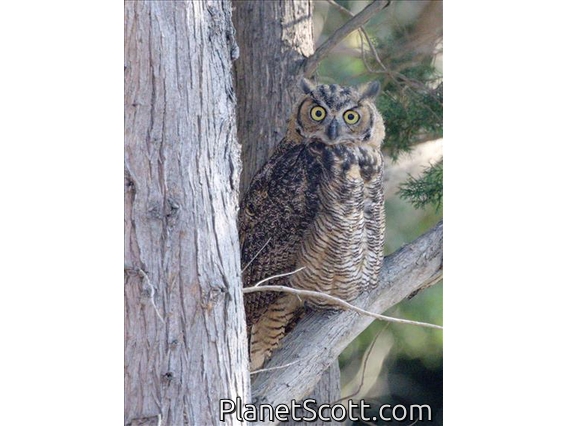Great Horned Owl (Bubo virginianus)

Great Horned Owl (Bubo virginianus)

Great Horned Owl (Bubo virginianus)

Great Horned Owl (Bubo virginianus)

Great Horned Owl (Bubo virginianus)

Great Horned Owl (Bubo virginianus)

Great Horned Owl (Bubo virginianus)

Great Horned Owl (Bubo virginianus)







×








Great Horned Owl (Bubo virginianus)

Great Horned Owl (Bubo virginianus)

Great Horned Owl (Bubo virginianus)

Great Horned Owl (Bubo virginianus)

Great Horned Owl (Bubo virginianus)

Great Horned Owl (Bubo virginianus)

Great Horned Owl (Bubo virginianus)
About Great Horned Owl (Bubo virginianus)
- Kingdom: Animals
- Phylum: Chordates
- Class: Birds
- Order: Owls And Nightjars
- Family: Typical Owls
The great horned owl, also known as the tiger owl or the hoot owl, is a large owl native to the Americas. It is an extremely adaptable bird with a vast range and is the most widely distributed true owl in the Americas. Its primary diet is rabbits and hares, rats and mice, and voles; it remains one of the few regular predators of skunk. Hunting also includes rodents, larger mid-sized mammals, birds, reptiles, amphibians, and invertebrates.
Source: Wikipedia
Visits
-
2006-11-21
Parque National Cajas, Ecuador -
2007-01-19
Bernal Hill, United States of America -
2008-04-22
Glen Canyon Park, United States of America -
-
2009-05-09
Nelson Lake Forest Preserve, United States of America -
2010-01-03
Sacramento National Wildlife Refuge, United States of America -
2011-07-15
Pantanal, Brazil -
2012-05-20
Pyramid Lake, United States of AmericaSaw silhouette only. Landed in some sagegrass after flight from direction of a number of trees. -
2012-07-11
Theodore Roosevelt National Park - South Unit, United States of AmericaJuvenile on ridge was shrieking, and there was a "whoop whoop whoop" response from the ground and in a tree. -
2012-12-06
Solano County Farmlands, United States of America -
2013-04-19
Bolivar Peninsula, United States of America -
2014-04-05
Cosumnes River Preserve, United States of America -
-
2015-01-18
Tilden Regional Park, United States of AmericaTwo calling during the daytime, was able to locate one of them -
-
-
-
2020-08-20
Bernal Hill, United States of America -
-
-
-
2025-05-03
Bernal Hill, United States of America -
-
2025-06-22
Bernal Hill, United States of America -
2025-10-17
Mount Davidson, United States of America













